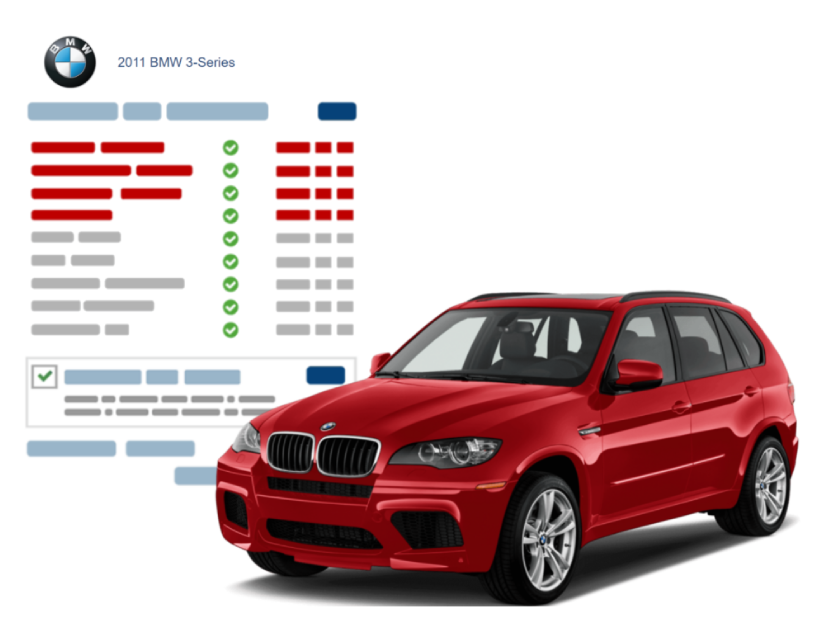
Imagine finding that perfect Mustang convertible at an American auction, or spotting a rare Japanese sports car online that never made it to European shores. Bringing a car from outside Europe can turn your dreams into reality, but there’s more to it than just shipping the vehicle across the ocean. Every country in Europe has its own set of rules to ensure cars on their roads meet safety and environmental standards. What seems complicated at first becomes much easier when broken down into steps, and we’ll explain everything regarding importing a classic car to you.
Getting your new plates
The license plate registration process is like the gateway between your imported vehicle and European highways. Without local plates, it cannot legally move a centimetre on public roads. Registration starts with authorities checking if your car meets European standards, from headlight positioning to emission levels. You’ll need paperwork showing where the car came from, proof you own it, and technical details about how it works.
Special rules for classics
When you choose to import classic car, you might have some privileges which newer cars don’t have. A 1960s American muscle car or a vintage British roadster won’t face the same strict standards as this year’s models. Many European countries offer simpler rules for older cars. For example, in the Netherlands, cars older than 50 years old do not have to comply with the safety regulations of the yearly inspection (APK). The process respects what makes these vehicles special while making sure that they meet basic safety needs
Making your car more European
Cars built for American, Asian, or other non-European markets often need a technical “translation” before they can join European traffic. Turn signals often need changing from red to amber, the headlights need to be adjusted and speedometers require conversion from miles to kilometres. The mechanics make only necessary changes while keeping what makes your car special, so you can hit the road with a car fully approved to European standards!
Taxes and duties
Money matters deserve attention before shipping begins. Bringing cars into Europe means paying all sorts of fees. Not just the cost for shipping, but also import duties, value-added tax, and sometimes extra charges based on engine size or emissions. These costs change dramatically depending on your car’s age, value, and environmental impact. A brand-new luxury sports car could get quite high charges, while a 50-year-old classic might escape most fees partly or even entirely. Knowing these costs beforehand prevents the shock of unexpected expenses that could double your car’s price tag.
Time for paperwork
The success of importing a classic into Europe depends on having the right documents, such as ownership titles, purchase records, export permits from the original country, and customs forms. You’ll also need technical details showing emissions data and safety features. Documents in foreign languages typically need official translations. Gathering everything before shipping saves you a lot of time and prevents your car from sitting in costly storage while you hunt down the missing papers. Think of documentation as your car’s passport, without proper papers, it will remain stuck at the border.
An import team for your car
The journey through European vehicle regulations challenges even experienced car enthusiasts. Working with specialists who navigate these waters daily can make the experience so much easier for you. These experts handle customs clearance, arrange inspections, oversee necessary changes to your car to be able to drive on European highways, and process registration paperwork. They spot potential problems before they become expensive delays. When choosing a company to help you with importing, look for companies that have good reviews and are known to be trustworthy. Those with their own facilities for storing, inspecting, and modifying vehicles offer convenience, because your car stays in one place throughout the process rather than travelling between different workshops.
Protecting your imported classic
After securing the plates, finding the right insurance protects your newly imported car. Coverage for imported vehicles sometimes works differently than for locally bought cars. Some insurance companies want extra checks or paperwork, especially for rare or valuable imports. Classic car policies offer specialized coverage that understands these cars drive less frequently but may need specialized repairs. Finding insurers who understand imported, classic vehicles makes sure that you get proper protection without overpaying.
Enjoy your newly imported classic!
Completing registration opens all European roads to your imported vehicle. A properly registered import also ensures that the car has a strong resale value, since future buyers won’t face all those paperwork headaches. The joy of driving something unique definitely makes the registration process worthwhile, whether you’re cruising coastal roads in a classic convertible or turning heads with some exotic model rarely seen in Europe. Your registered import can join car shows, rallies, and gatherings, so you can connect with fellow enthusiasts who appreciate the classics and the stories behind cars that travelled across the ocean to find a new home.
Sponsored Article







